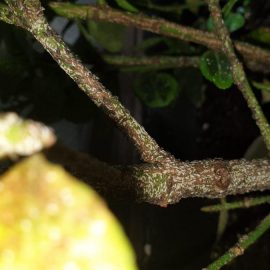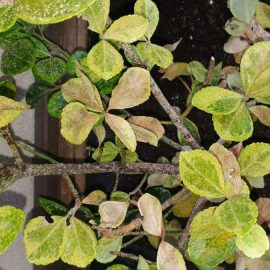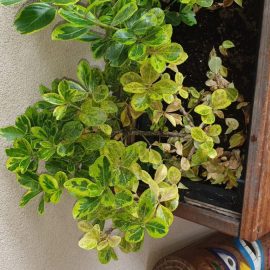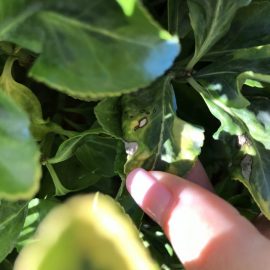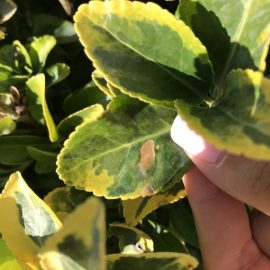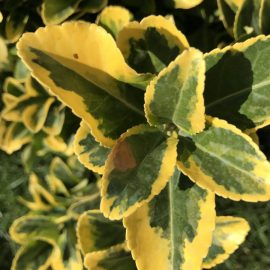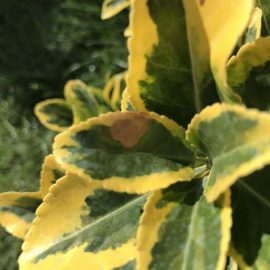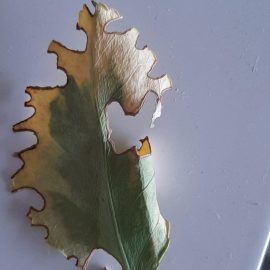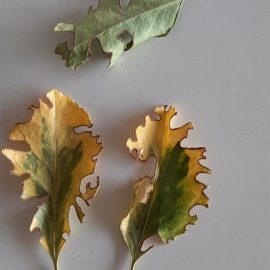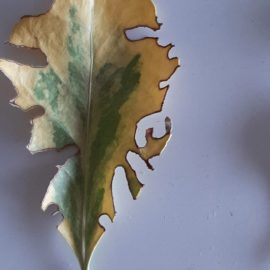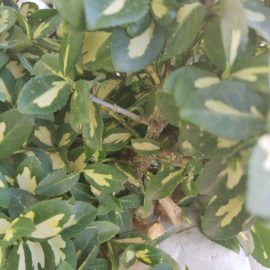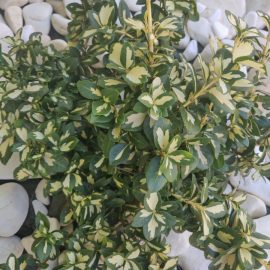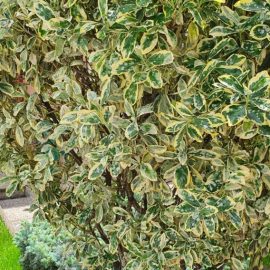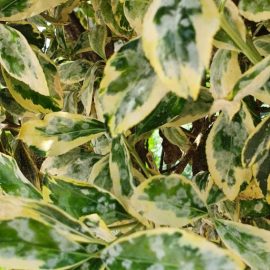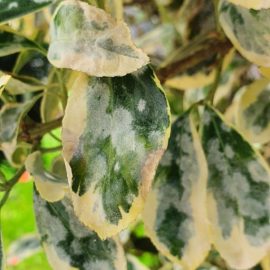Euonymus, planting guide and care work
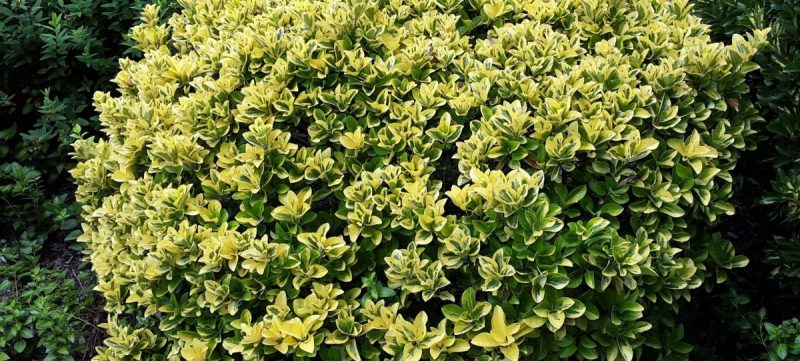
Euonymus japonicus is an outdoor decorative shrub from the Celastraceae family, native to East Asia. It can reach 2 m in height, it is very branched and has the shape of a bush. The leaves are persistent, glossy, are arranged oppositely, have an obovate shape, and are dark green in color. It is a flowering species, with white-green flowers, which appear in June-July. The fruits that appear in autumn, are small and pink.
Species and varieties
Euonymus fortunei – it is a creeping shrub with elliptical, green leaves.
Euonymus europaeus – it is a spontaneous shrub, with elliptical, elongated, reddish autumn leaves.
Euonymus japonicus – it is the most common species and it has the following horticultural varieties:
- ‘Albomarginatus’ – the leaves have white edges.
- ‘Aureomarginatus’ – the leaves have yellow-golden edges.
- ‘Aureus’ – with yellow leaves towards the center and green edges.
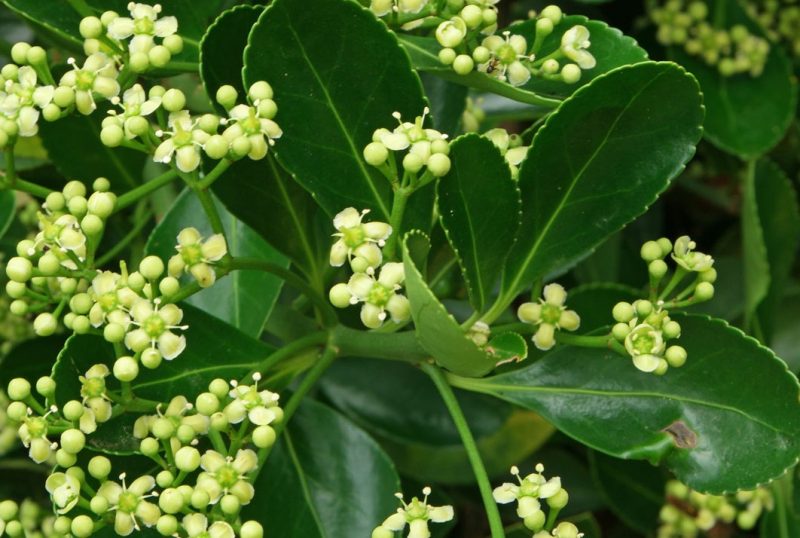
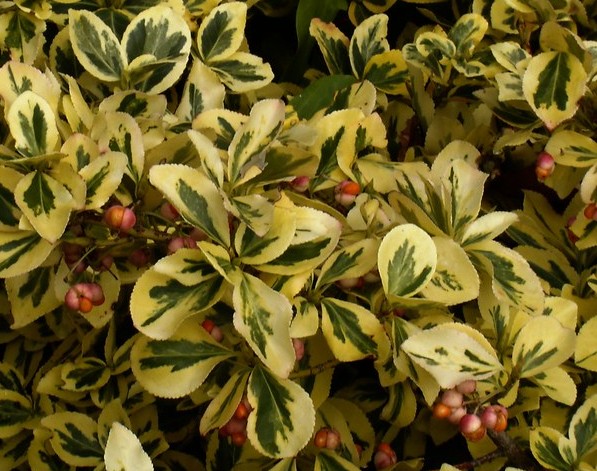
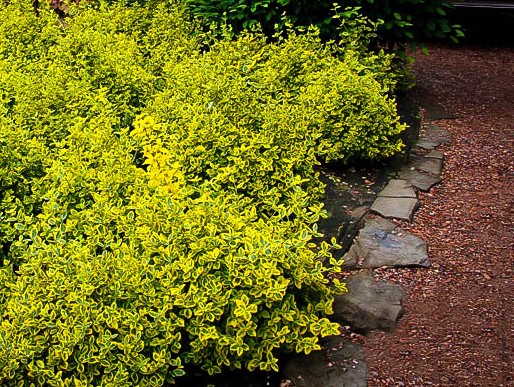
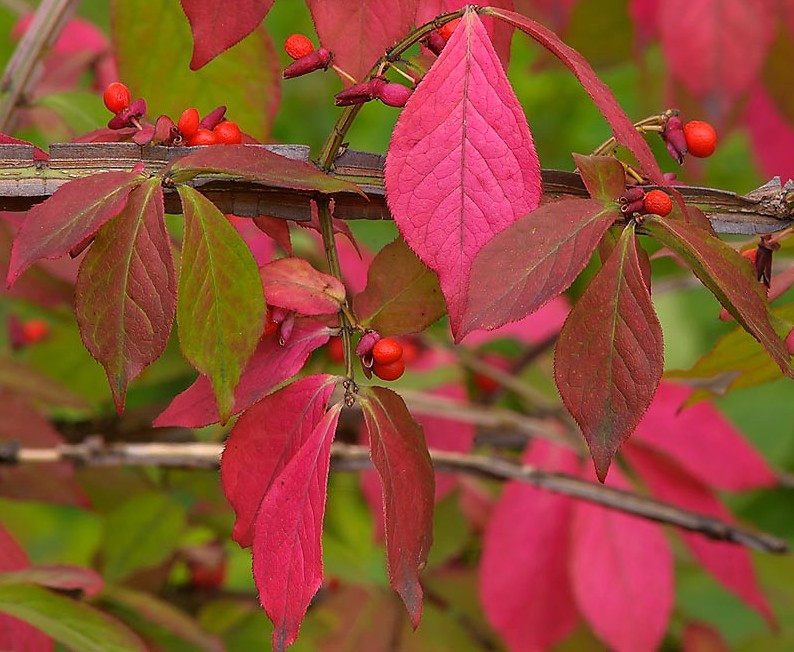
Environmental conditions
Light. E. japonicus prefers partially shaded or shady places, compared to E. europaeus , which grows optimally in sunny places.
Temperature. E. japonicus is a frost-sensitive species, therefore, it is planted directly in the ground only in areas with mild winters. At temperatures lower than -18° C the aerial part of the plant dries, but in spring new shoots will sprout. Being a native shrub, E. europaeus is resistant to frost and drought.
Soil. It withstands several types of soil, even calcareous, but it grows optimally in temperate, fertile soils. They must have very good water drainage because they do not tolerate excessive humidity.
Fertilization
During the growing season, specific fertilizers can be applied.
Recommended products
-
You can find products on a different store
Change Store -
You can find products on a different store
Change Store -
You can find products on a different store
Change Store -
You can find products on a different store
Change Store -
You can find products on a different store
Change Store -
You can find products on a different store
Change Store -
You can find products on a different store
Change Store -
You can find products on a different store
Change Store -
You can find products on a different store
Change Store -
You can find products on a different store
Change Store -
You can find products on a different store
Change Store -
You can find products on a different store
Change Store -
You can find products on a different store
Change Store -
You can find products on a different store
Change Store -
You can find products on a different store
Change Store -
You can find products on a different store
Change Store -
You can find products on a different store
Change Store -
You can find products on a different store
Change Store -
You can find products on a different store
Change Store -
You can find products on a different store
Change Store -
You can find products on a different store
Change Store -
You can find products on a different store
Change Store -
You can find products on a different store
Change Store -
You can find products on a different store
Change Store
Pruning
In the spring, shape correction cuts are made.
E. Japonicus is used as a decorative shrub in parks and gardens, as a solitary specimen, or in hedges. It can also be grown in pots, for decorating terraces, balconies. E. Europaeus is planted at the edge of tree forests or sometimes in hedges. Due to its creeping property, E. Fortunei is used as a ground cover, instead of grass or on walls and fences.
Recommended products
-
You can find products on a different store
Change Store -
You can find products on a different store
Change Store -
You can find products on a different store
Change Store -
You can find products on a different store
Change Store -
You can find products on a different store
Change Store -
You can find products on a different store
Change Store -
You can find products on a different store
Change Store -
You can find products on a different store
Change Store -
You can find products on a different store
Change Store -
You can find products on a different store
Change Store -
You can find products on a different store
Change Store -
You can find products on a different store
Change Store -
You can find products on a different store
Change Store -
You can find products on a different store
Change Store -
You can find products on a different store
Change Store -
You can find products on a different store
Change Store -
You can find products on a different store
Change Store -
You can find products on a different store
Change Store -
You can find products on a different store
Change Store -
You can find products on a different store
Change Store -
You can find products on a different store
Change Store -
You can find products on a different store
Change Store -
You can find products on a different store
Change Store -
You can find products on a different store
Change Store
Planting
It can be done in spring or autumn, during the vegetative dormancy period, at temperatures above 5° C, if the soil is not frozen and there is no danger of frost. Make sure you buy the planting material from authorized nurseries.
Propagation
E. japonicus and E. fortunei can be propagated through cuttings in summer. E. europaeus can be propagated through pleaching (in July) or through seeds harvested in autumn and sown in spring.
Recommended products
-
You can find products on a different store
Change Store -
You can find products on a different store
Change Store -
You can find products on a different store
Change Store -
You can find products on a different store
Change Store -
You can find products on a different store
Change Store -
You can find products on a different store
Change Store -
You can find products on a different store
Change Store -
You can find products on a different store
Change Store -
You can find products on a different store
Change Store -
You can find products on a different store
Change Store -
You can find products on a different store
Change Store -
You can find products on a different store
Change Store -
You can find products on a different store
Change Store -
You can find products on a different store
Change Store -
You can find products on a different store
Change Store -
You can find products on a different store
Change Store -
You can find products on a different store
Change Store -
You can find products on a different store
Change Store -
You can find products on a different store
Change Store -
You can find products on a different store
Change Store -
You can find products on a different store
Change Store -
You can find products on a different store
Change Store -
You can find products on a different store
Change Store -
You can find products on a different store
Change Store
Diseases and pests
The most common disease affecting Euonymus shrubs is powdery mildew. Also, in unfavorable environmental conditions, pests such as aphids or European fruit lecanium can infest the plant.
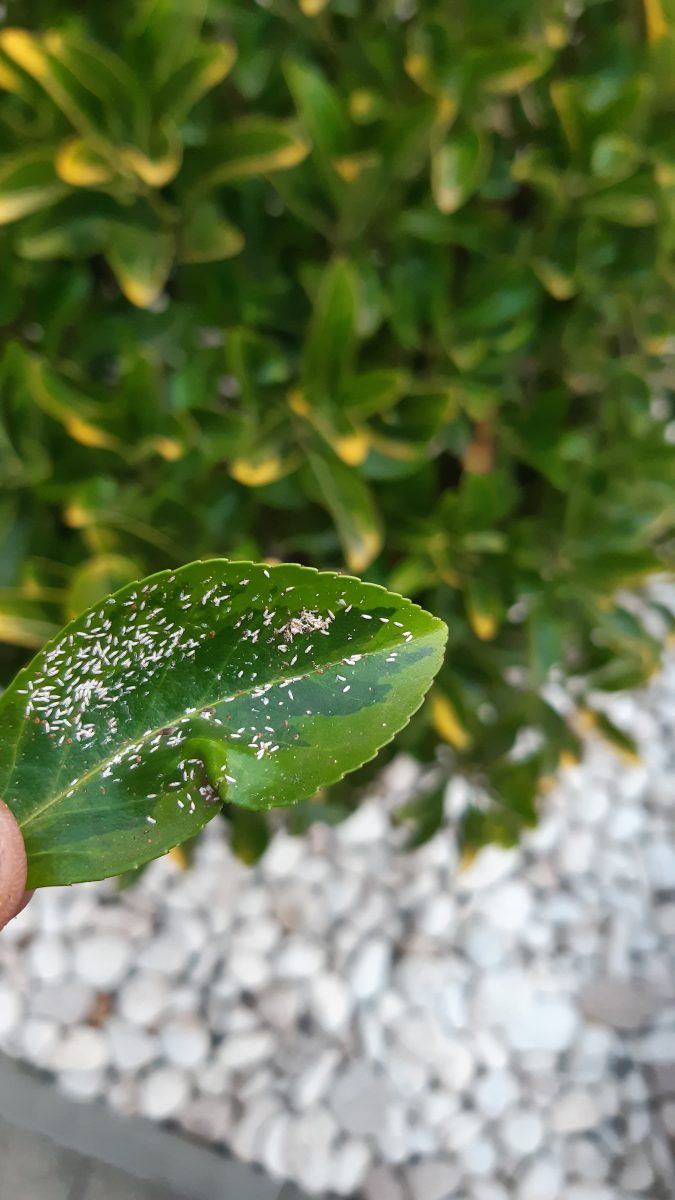
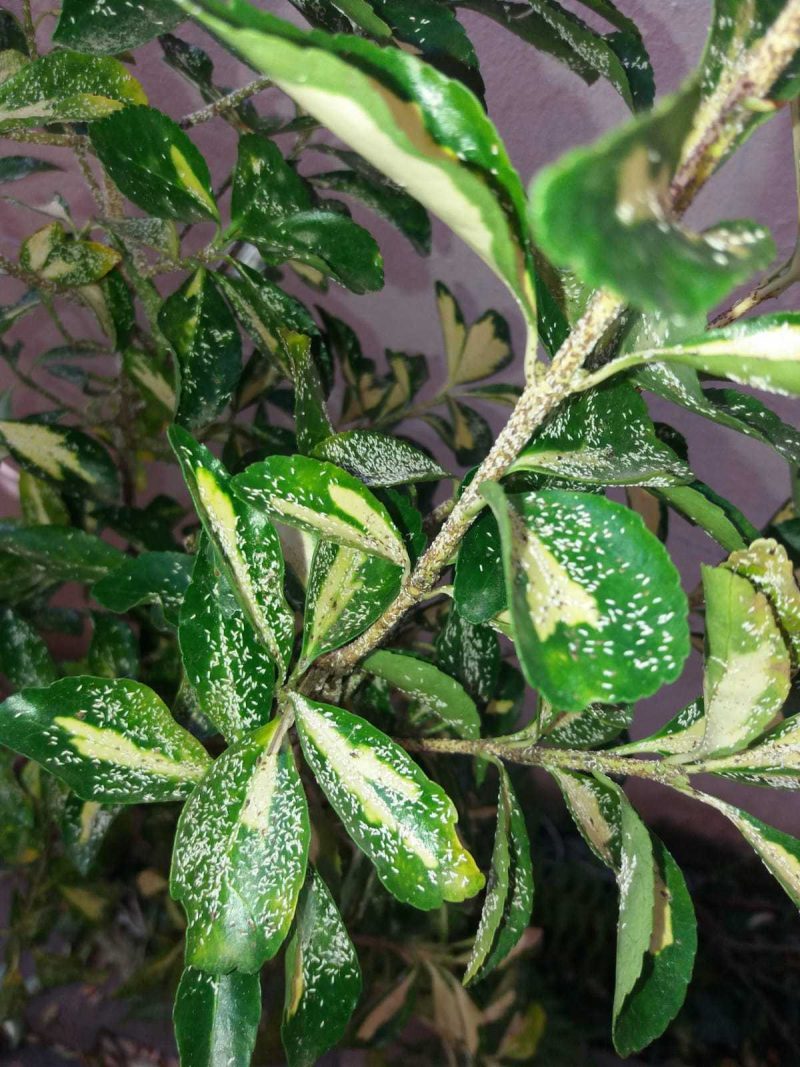
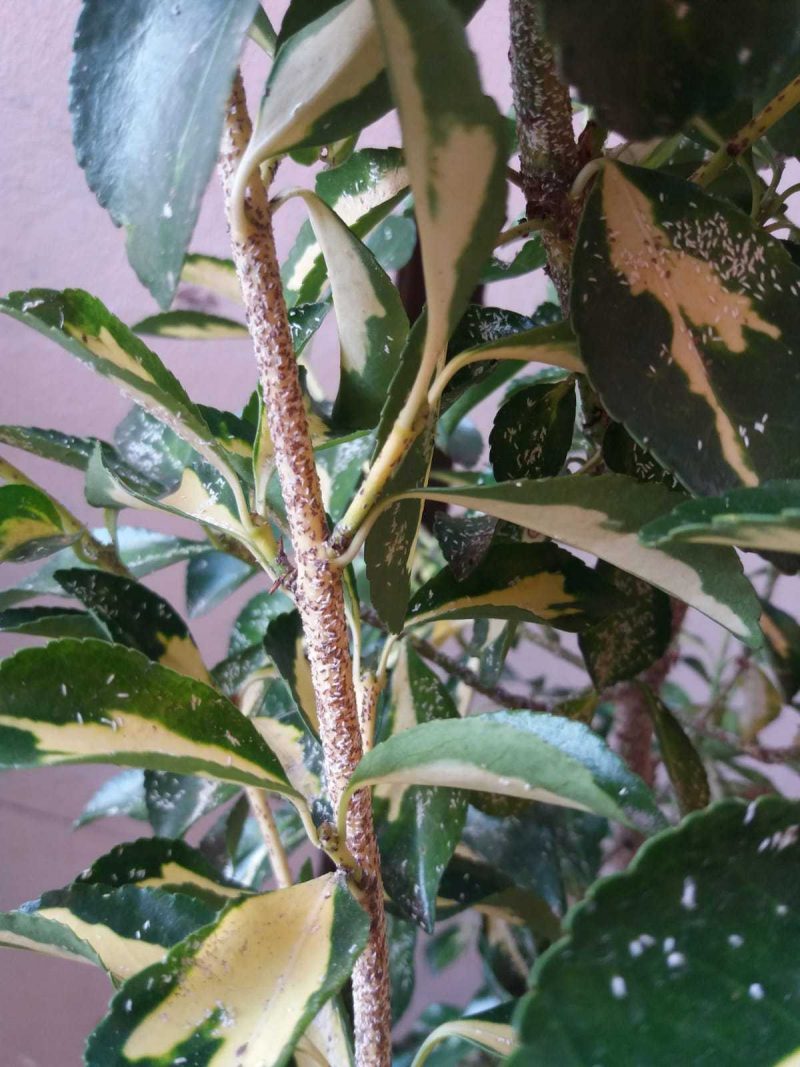
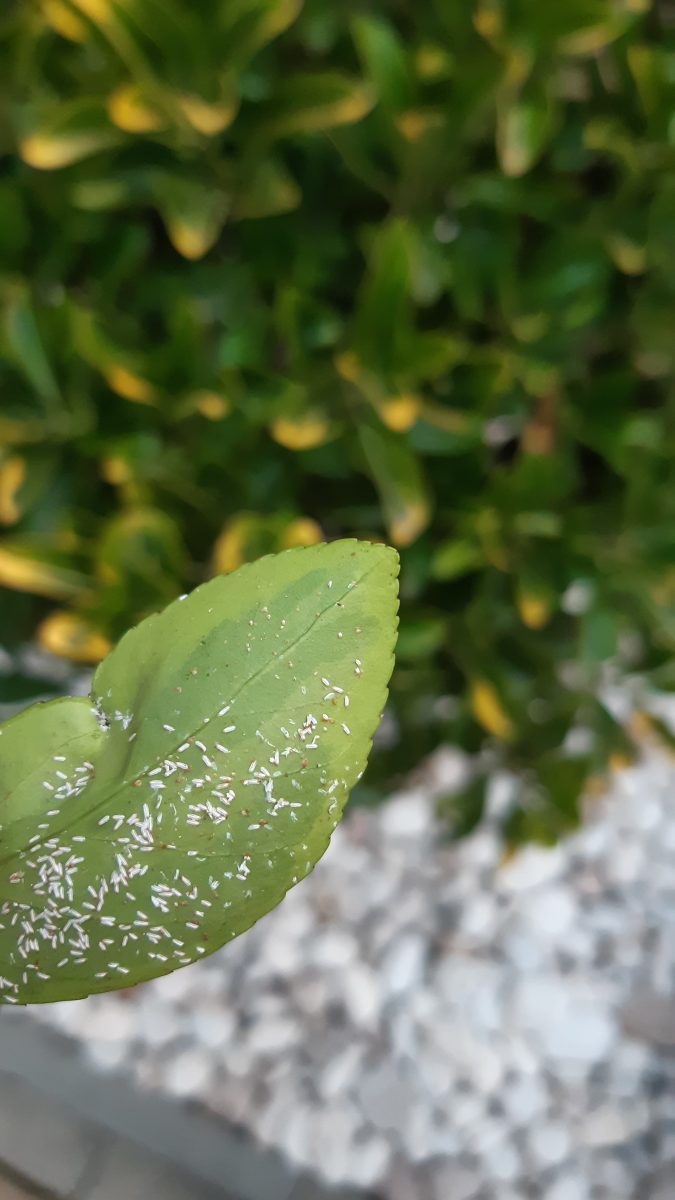
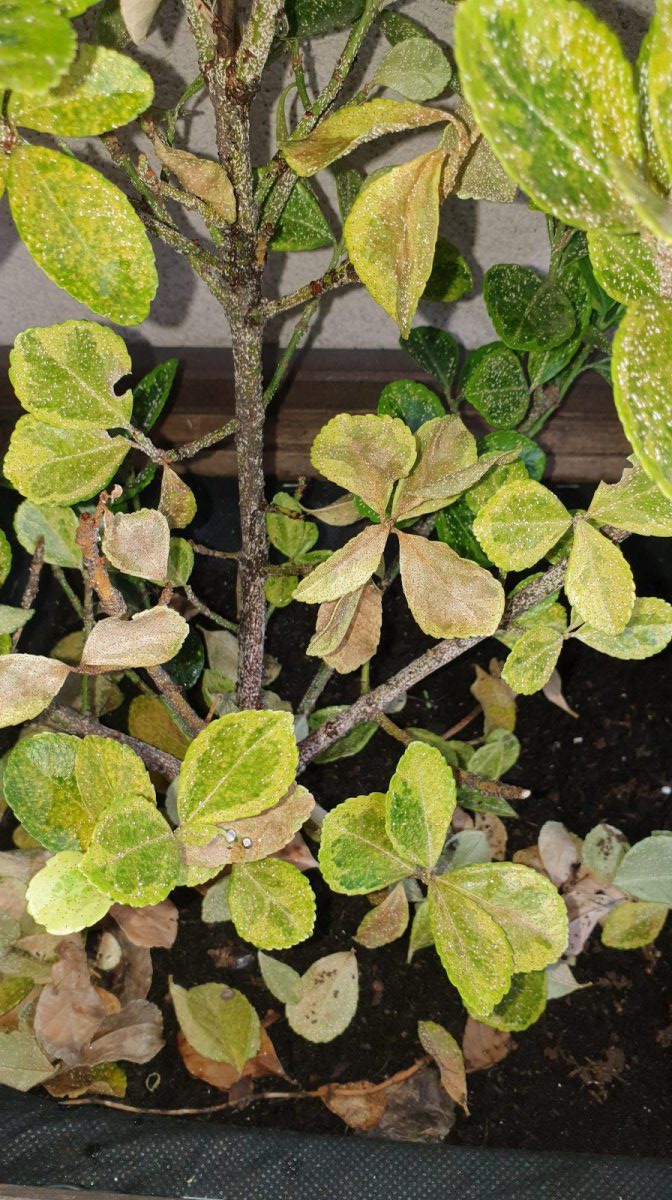
In addition:
- Euonymus is a pollution-resistant species, suitable for urban planting.
- the varieties with colored foliage lose in time their decorative aspect if they are placed in the shade (the leaves become completely green).
Caution! all parts of the plant are toxic if ingested.














































































































































































































































































































































































































































